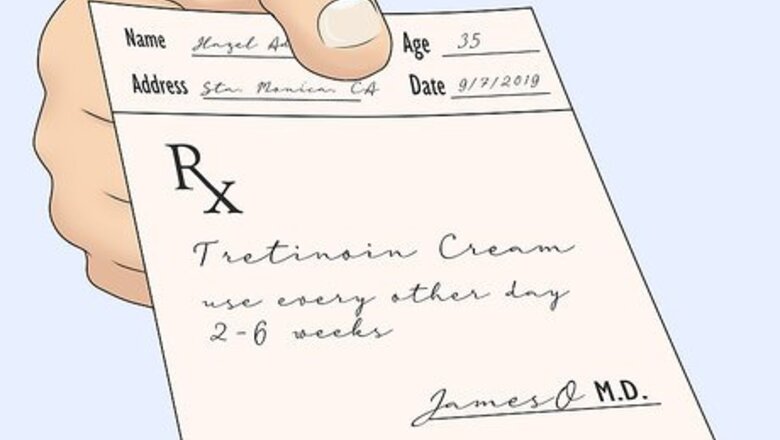
views
Applying the Cream
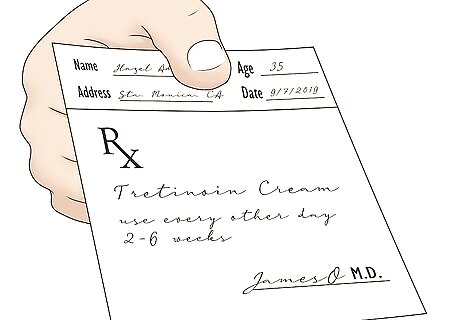
See a dermatologist to get a prescription and ask questions. For most tretinoin creams you'll need a prescription, with only Differin available over the counter (in the United States). However, it's still a good idea to talk to a dermatologist about the effects, risks, and benefits of tretinoin cream if you want to use it over the counter. Tell your doctor if you think you might be allergic to tretinoin cream. Also tell your doctor if you have a fish allergy, as Altreno can cause a reaction. Mention if you have other skin conditions like eczema, keratosis, or skin cancer. Also mention if you are pregnant. You can also buy weaker retinoids over the counter.
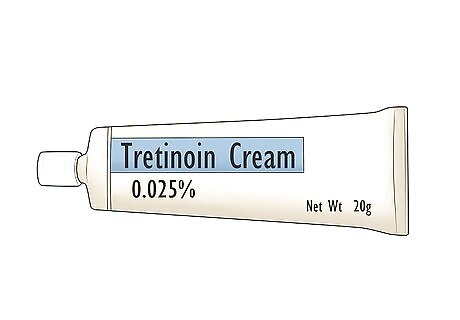
Start with a lower concentration cream to see how your skin responds. Tretinoin cream is available in concentrations from 0.01% to 0.1%. Start with a concentration on the weaker side (0.01% or 0.025%) to see how your skin reacts over the course of several weeks. If your skin reacts well, you can ask your doctor for a stronger concentration. One study suggests that there is no significant difference between lower and higher concentrations, except more irritation from higher concentrations. You will most likely see results from using a low concentration tretinoin cream. Start with a low concentration and gradually increase it if needed.
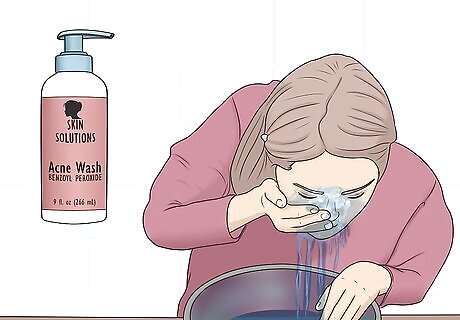
Wash your face with mild cleansers and moisturizers. Before applying the cream, your face should be cleansed. Use a gentle cleanser without alcohol. Avoid exfoliating your skin. You can use other acne treatments while using tretinoin, such as salicylic acid or benzoyl peroxide cleansers and toners. There is debate about whether you should apply moisturizer before or after tretinoin cream. Try both and go with whatever feels best.
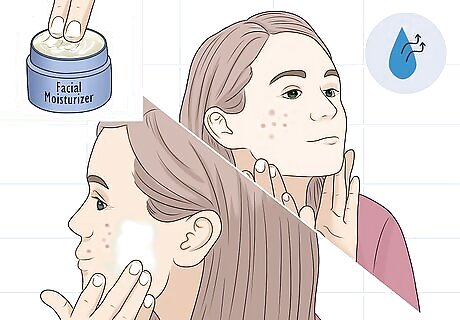
Let your face dry completely before applying the cream. Ideally, give your skin at least 20-30 minutes after washing and moisturizing to dry. If your skin is damp, it will absorb more of the cream and become irritated.

Apply a pea-sized amount in a thin layer over your whole face. Be careful not to use more than a pea-sized amount, as too large of a dose will be extremely irritating on your skin. Use your fingertips to spread the cream in a thin layer over your whole face. Be careful not to get any cream in your eyes, ears, nose, mouth, or anywhere that is sunburned.
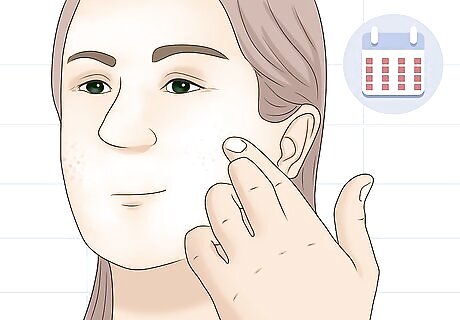
Use the cream every other day for the first 2-6 weeks. Although daily application is recommended for the strongest results, it can be beneficial to let your skin adjust to this medication by starting off applying it every other day before bedtime only. The less you irritate your skin, the more effective tretinoin cream will be, so it's best to let your skin adjust gradually. If your skin has a bad reaction to tretinoin, or tretinoin in combination with another product, reduce your usage to once every 3 days or stop using it entirely for a week.
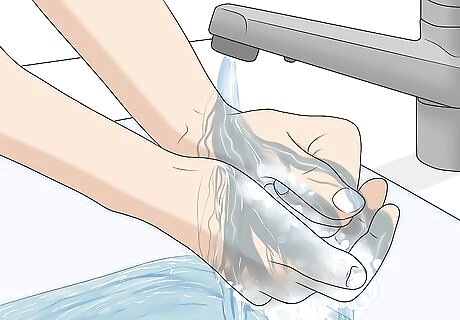
Wash your hands with warm, soapy water. After applying the cream, rinse off any residual. This will make sure that the cream doesn't irritate the skin on your fingers or get anywhere else on your body.
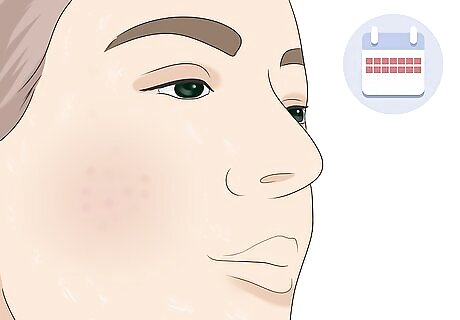
Expect skin dryness, irritation, and peeling in the first few weeks. After 1-2 weeks of using tretinoin, 85% of people experience irritating side effects. You can minimize these by applying moisturizer and sunscreen throughout the day. Although side effects can be irritating, they aren't dangerous.
Adjusting Your Skincare and Makeup Routine
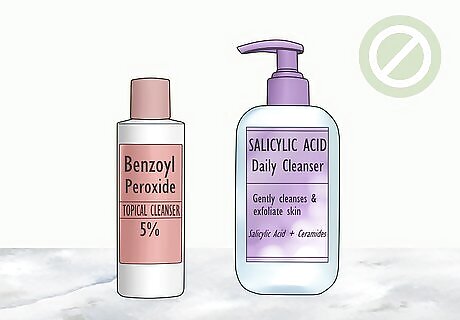
Avoid other topical medications and harsh skincare products. While acne cleansers are fine to use, it's important not to mix tretinoin with other topical acne medications, as this can cause a bad reaction with breakouts and pain. You should also avoid skincare products that contain alcohol, spices, lime, or menthol in them, as these can irritate your skin while you're using tretinoin. Also, stay away from products that you know are drying or irritating for your skin.
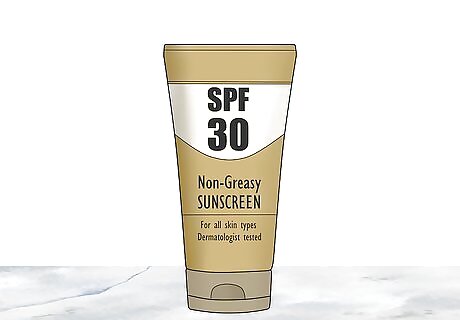
Wear sunscreen every day while using tretinoin cream. Your skin will be more susceptible to sun damage while you are using tretinoin cream. Use a generous amount of cream sunscreen to double up on moisturizer while protecting your skin from sun damage. Make sure to cover all the skin on your face, neck, and ears with a layer of sunscreen. Use at least SPF 15.

Spend less time in the sun, wind, or cold weather during the first 6 months. Being outside can feel very uncomfortable on dry, peeling skin, especially in the first few weeks. After your skin has adjusted, make sure you still avoid prolonged exposure to harmful UV rays from the sun. Wearing hats and protective clothing can also help shield your skin. During the first 2-3 weeks, skin is especially sensitive. Stay mostly inside to protect your skin as much as possible.
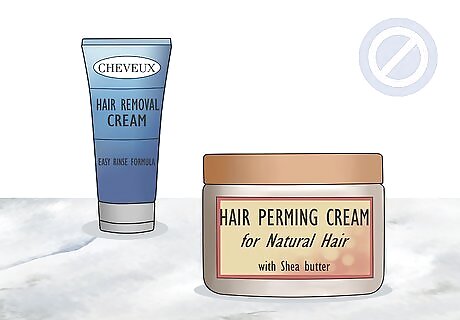
Avoid using hair removal creams and perms. The chemicals in hair removal and perm solutions do not mix well with tretinoin. They will react and could potentially cause painful breakouts or rashes. It's best to avoid them completely while using tretinoin cream. You should also avoid waxing your face to minimize irritation.

Stay away from wearing foundation for a 6-8 weeks. Makeup that covers all of the skin on your face can make irritation worse and cause breakouts. Instead, try using concealer on specific spots you want to cover. You can try using foundation again after your skin has completely adjusted to tretinoin cream. Immediately stop using any makeup that causes a bad reaction.




















Comments
0 comment